Turn lockdowns or extended periods stuck inside into opportunities to develop rather than being a period of creative inactivity or creative coma.
There are so many inspiring resources online coming from people who, just like me, after tens of thousands of hours spent developing their own craft, enjoy sharing their knowledge and experience.
Although most of you know me for my London-based urban photography, I secretly love shooting nature and macro photography. I do so because I love nature and perhaps also because it contrasts so starkly with my urban photography.
Shoot what you love if you want to become really good at it.
In this new article I will show you how I capture simple handheld macro photography with a strong impact with no other fancy set-up than my mirrorless camera which is maybe a little fancy but not Leica fancy.
Here I use the Sony FE 90mm f2.8 Macro G OSS which is included in my separate article: What lens for the Sony A7 Series
It is dubbed as one of the sharpest lenses with outstanding optical performance by DXOMARK.
It’s therefore a real shame that to reach acceptable page loading times I cannot display these macro photos in full resolution on this blog. The internet is not ready for large photo files of over 20mb! For reference I had to resize and reduce these to under 500kb so your device could load fast enough… low res, yet still looks pretty sweet! Imagine the actual full size image!
The Sony FE 90mm f2.8 for Sony A7 series / Alpha mirrorless cameras is not only ideal for macro photography but it is a stunning portrait lens too. If you are a Sony Alpha mirrorless user and enjoy one or both genres, this lens is for you.
Don’t let the camera gear talk turn you off, these macro photography tips are really meant for anyone equipped with any camera including a simple phone.
Of course you may not achieve such detail but it shouldn’t stop you having fun with what you have available.
This article is intended for people curious about macro photography but who may not necessarily use a tripod, focus stacking, extension tubes, lens reversing ring, ring flash etc…
My hope is to make macro photography fun and accessible, not necessarily high tech, complicated or expensive but through a few easy tips anyone can follow.
Increase your chances of success with lots of natural light and no wind
To begin with and to increase your chances of success, aim for a bright day with as little wind as possible. I’m going to show you how you can get high quality handheld macro shots but I’m not a miracle worker… so we need lots of natural light and near to no wind. Alternatively you can use your body to shield the wind but this is not what I’d call ideal conditions.
What I often find, with any type of outdoor photography, is that in fact a few clouds can work in your favour to help diffuse the light to achieve softer shadows. This is general advice for outdoor shoots such as outdoor portraits, clouds can really help tame that bright / harsh midday sun.
Of course the reason we need plenty of light is we are getting very close and need a fast shutter to avoid motion blur or having to crank up the ISO.
If you have a flash try experiment with it of course but if you don’t, don’t worry as none of these photos were shot using a flash.
Is this fly inviting me to a game of footie?
Adopt the right posture for stability and slow your breathing
Next, try pay particular attention to your positioning, posture and breathing when shooting, it can make or break sharp macro photos. Remember to position yourself in order not to block that precious light key to sharp images.
I recommend spacing your feet apart a little to have a stronger foothold while trying to keep your elbows against your body while looking through your viewfinder. This “anchors” the camera to your stable body and reduces the strain on your arms lifting the camera for extended times while trying to get that insect to do what you want it to do…
Remember to breathe. It’s too easy to stop breathing while focusing so hard trying to capture something up close. Breathe slow deep breaths, this will calm you, slow your heart rate and reduce shake.
Hold your breath just before you focus and press the shutter slowly immediately after. Breathe again normally once you’ve taken the shot. RESUUUUUUME BREATHING!
Look immediately near you for things to lean against or rest your arms on. It could be a tree, a garden table, a fence… This replaces the use of a tripod in a way by reducing your own movement.
If you have the option to use the silent shutter or electronic shutter on your camera, do. This may seem like splitting hair but the mechanical action of the shutter can create a small amount of unwanted shake.
A colourful Mullein Moth Caterpillar
Aim for fast shutter speeds
Something I find excellent and use all the time on Sony A7 series cameras such as the A7RIV or other models, is the fact you can set a minimum shutter speed at which the camera will just not take the shot while shooting in Aperture mode. This means I can set it to 1/125 speed as a minimum requirement for the photo to be taken, goodbye slow shutters and motion blur.
Whatever camera you use, at 1/125 you should get sharp shots whereas if you drop to 1/60 it becomes a lot trickier to remain stable.
Keep it easy
Finally try shoot accessible subjects, within easy reach.
If too high you’ll need to stretch your arms and cause motion blur from not being able to hold the camera at arms length for too long and your body swaying naturally.
If you are shooting low… lie on the ground.
Generally speaking avoid awkward angles as they usually mean awkward posture resulting in lens blur.
I’ll finish with this HANDHELD MACRO PHOTOGRAPHY gallery (where you can see the images in larger size) and slideshow below which I hope will inspire you to play with macro photography and not let it be intimidating.
I’m in no way a full-time macro or nature photographer but why should I let it stop me having fun?
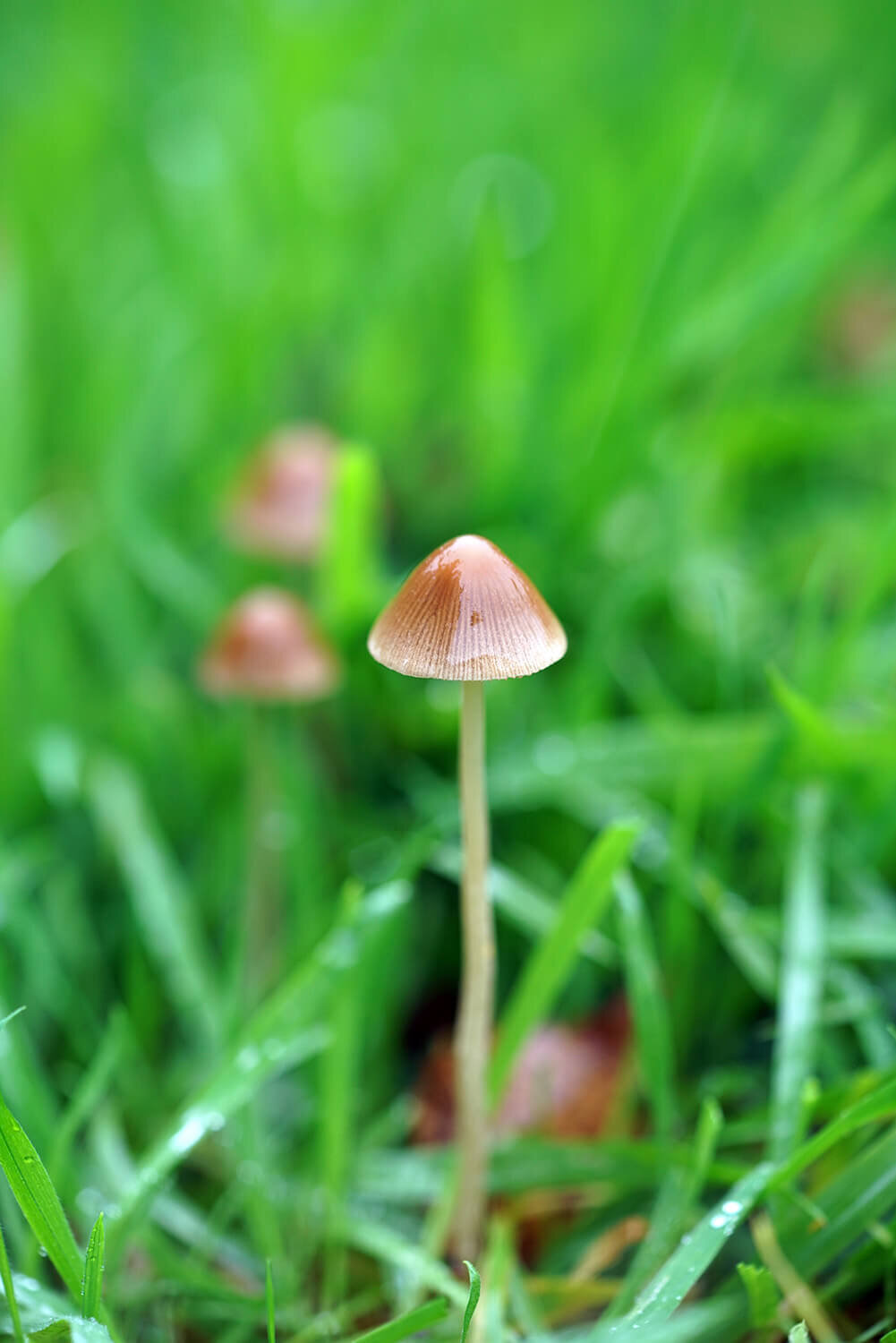

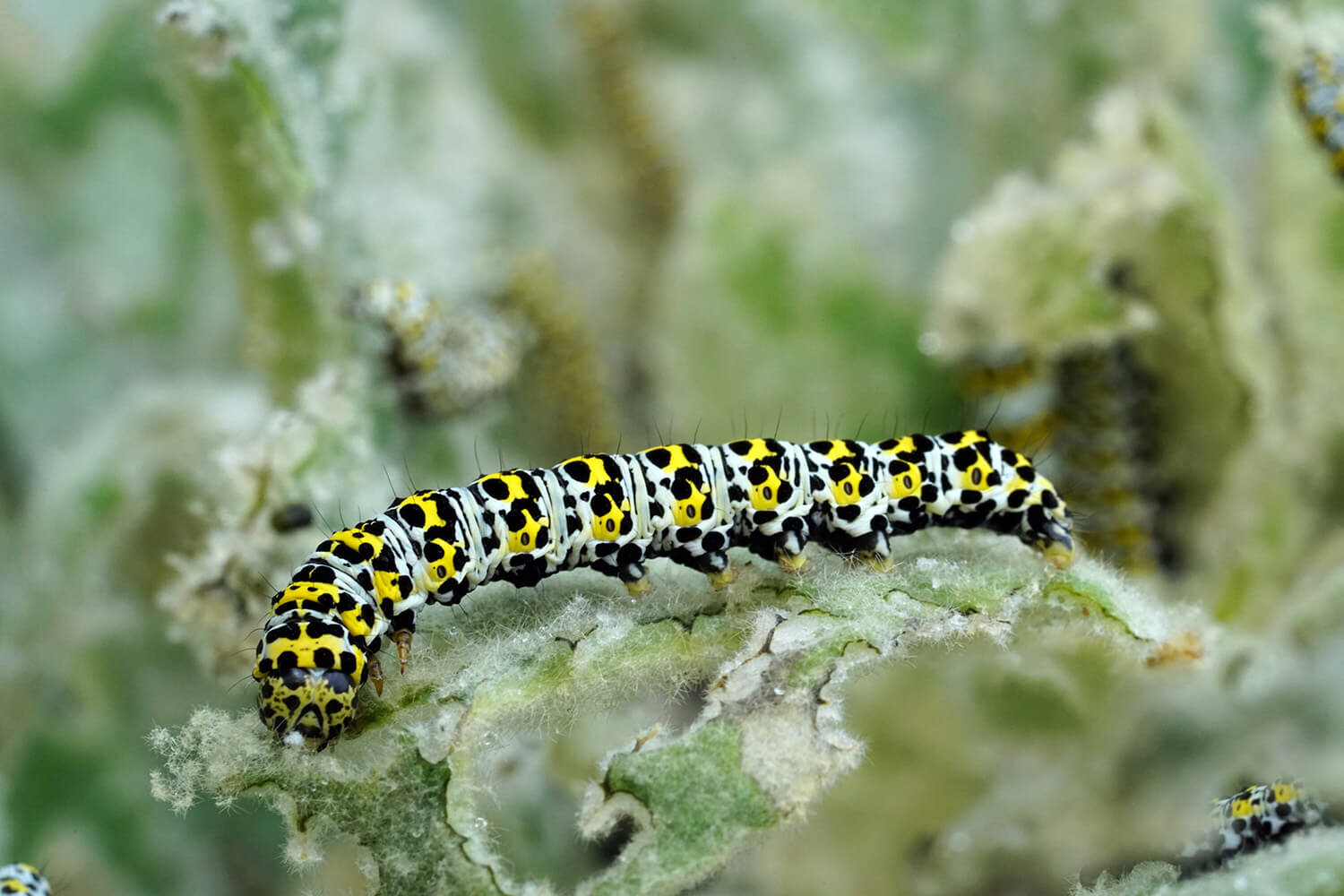


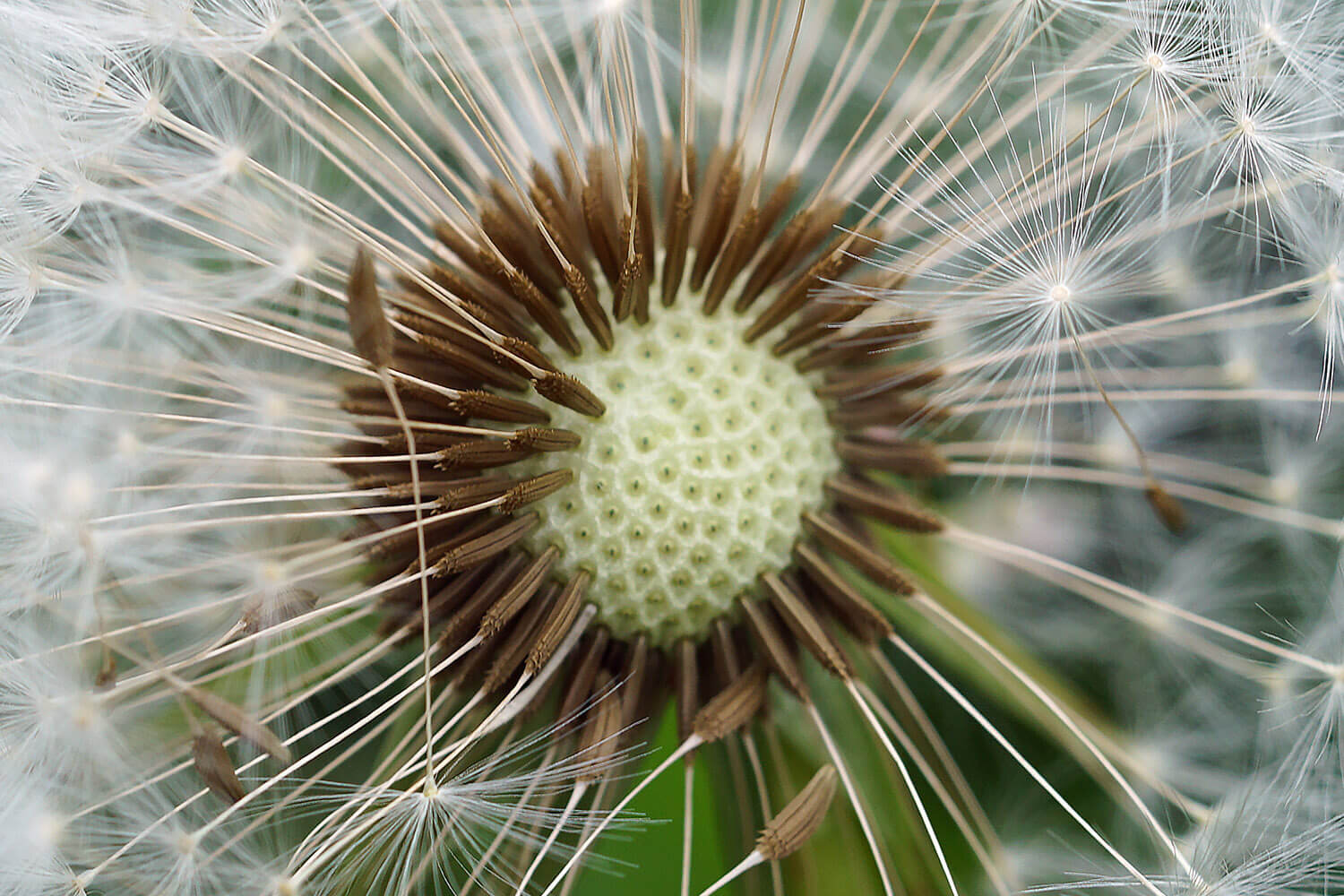

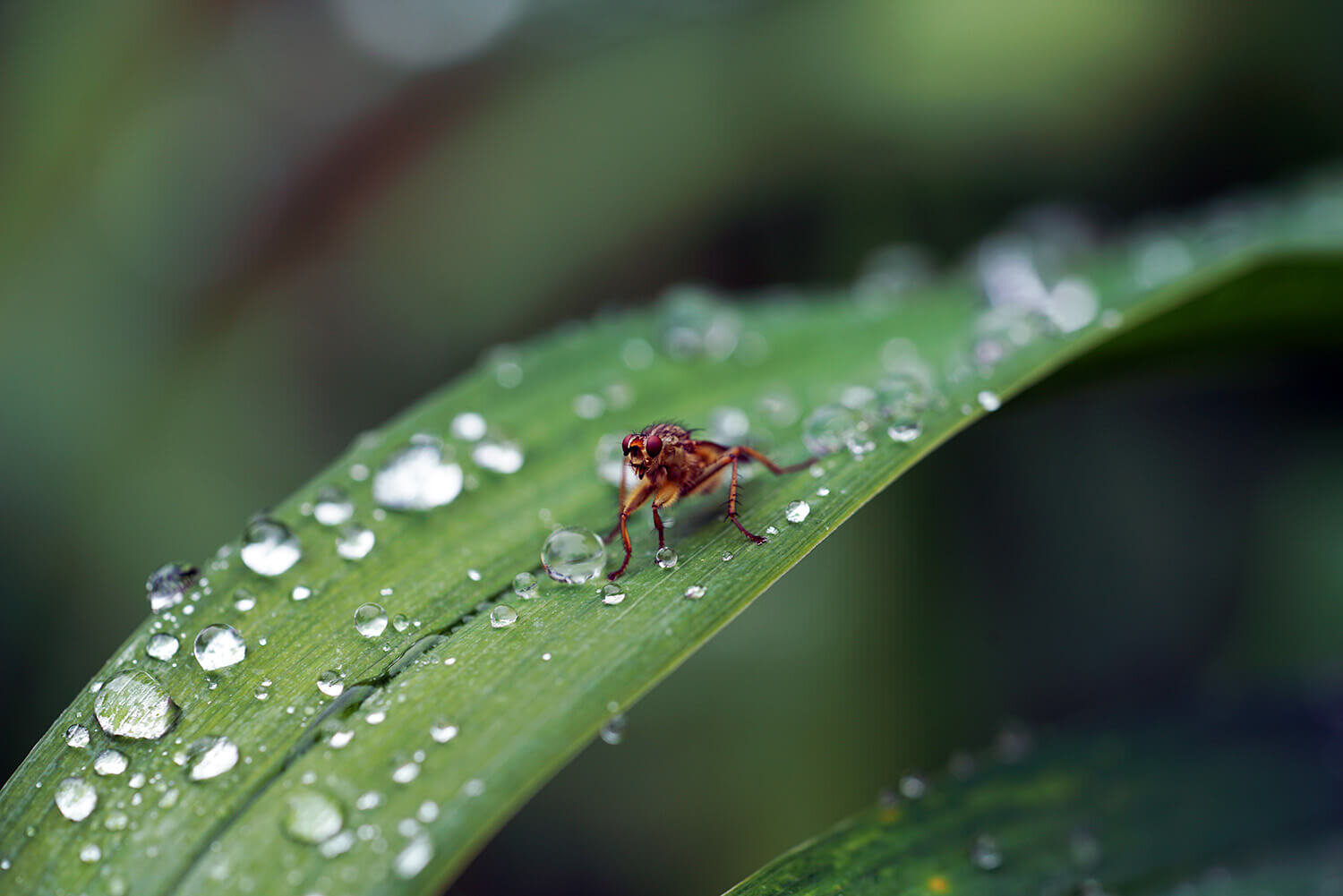
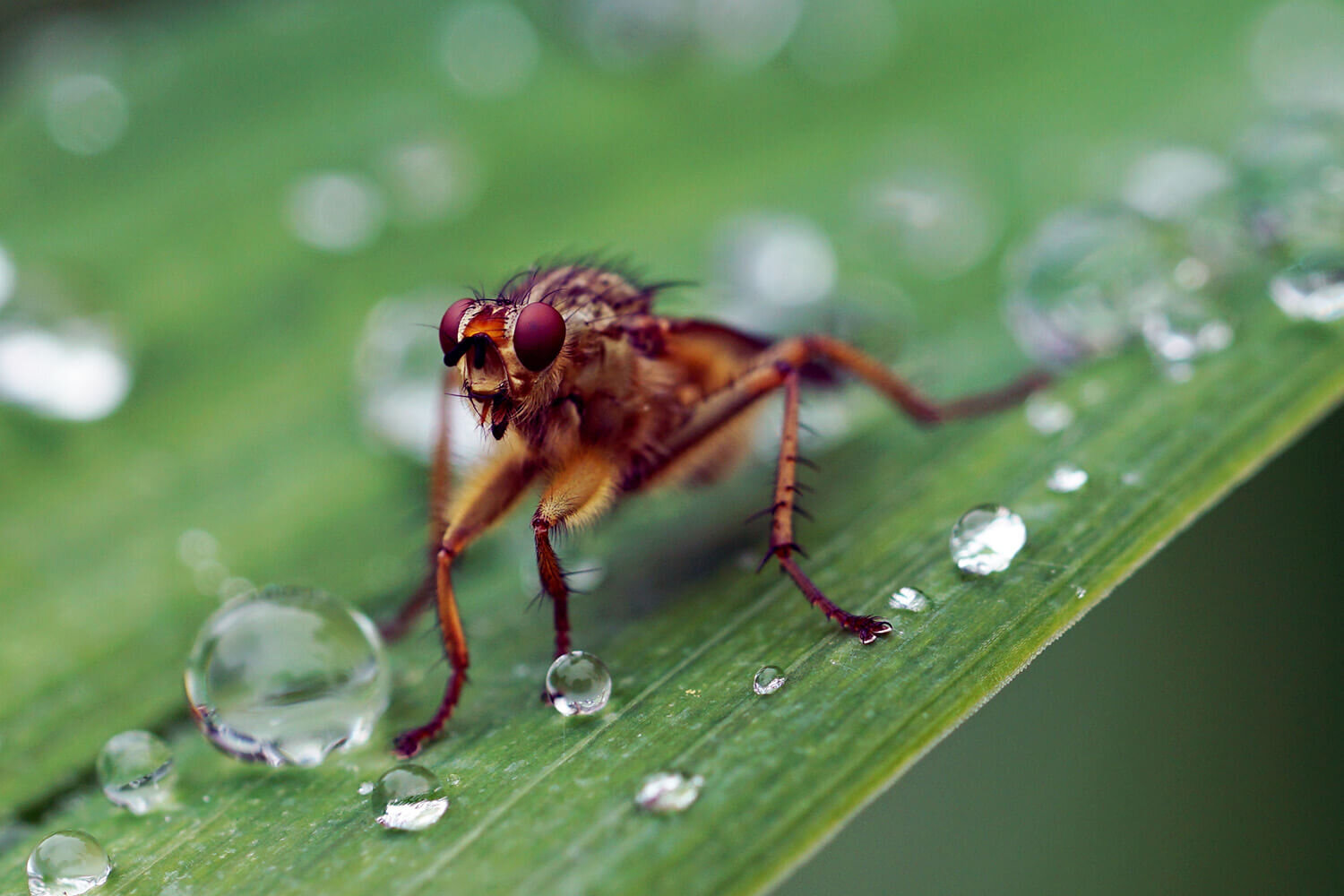
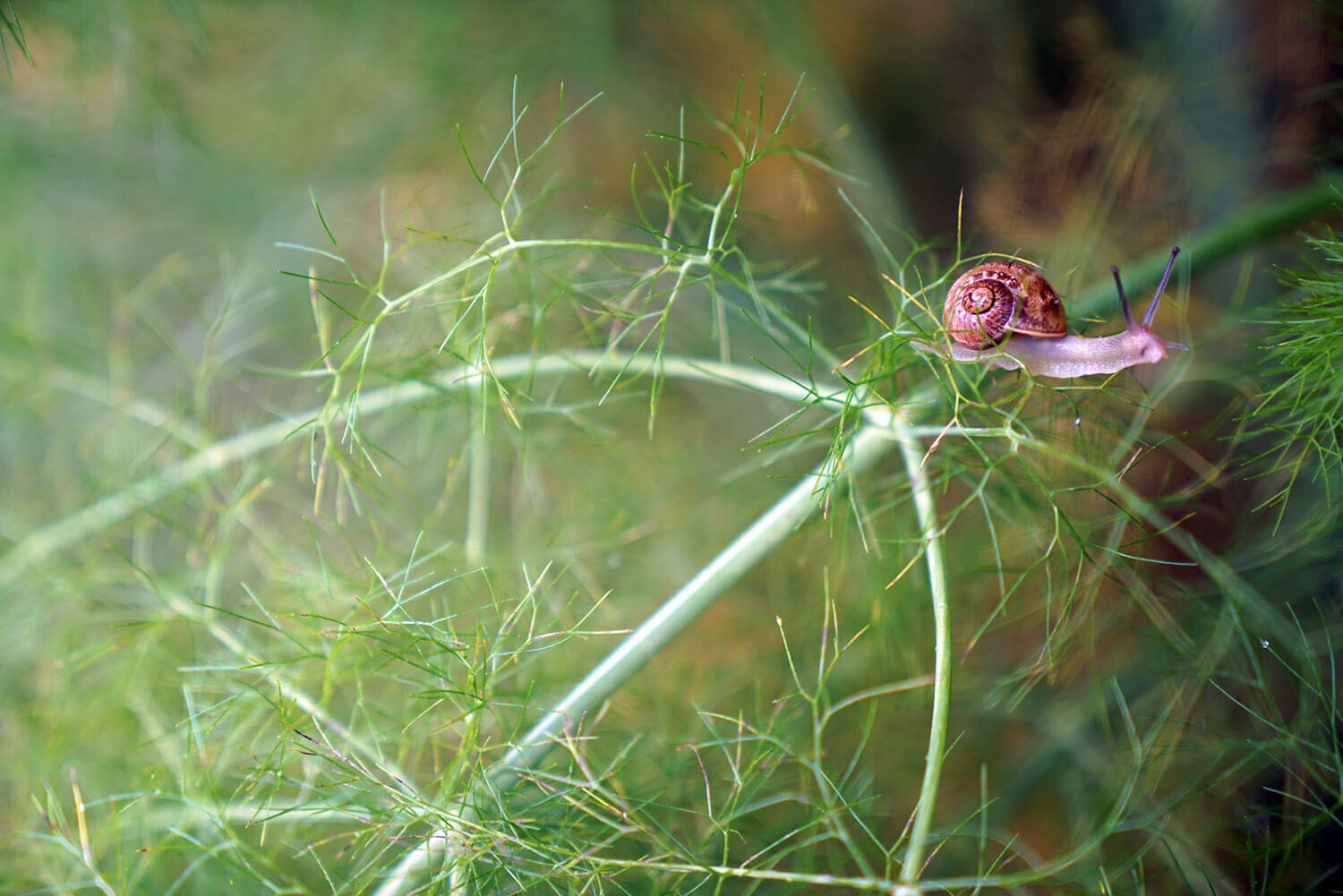
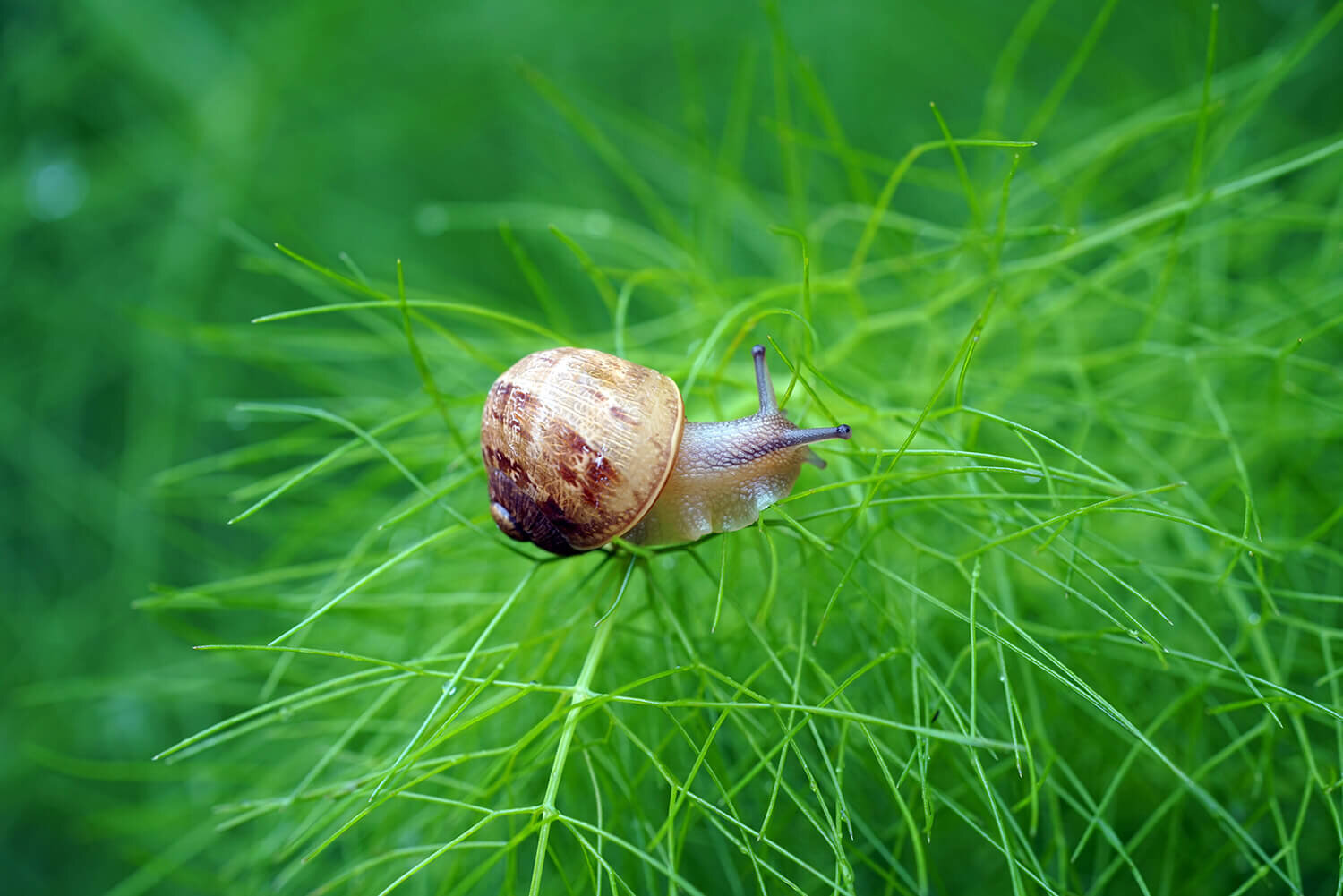
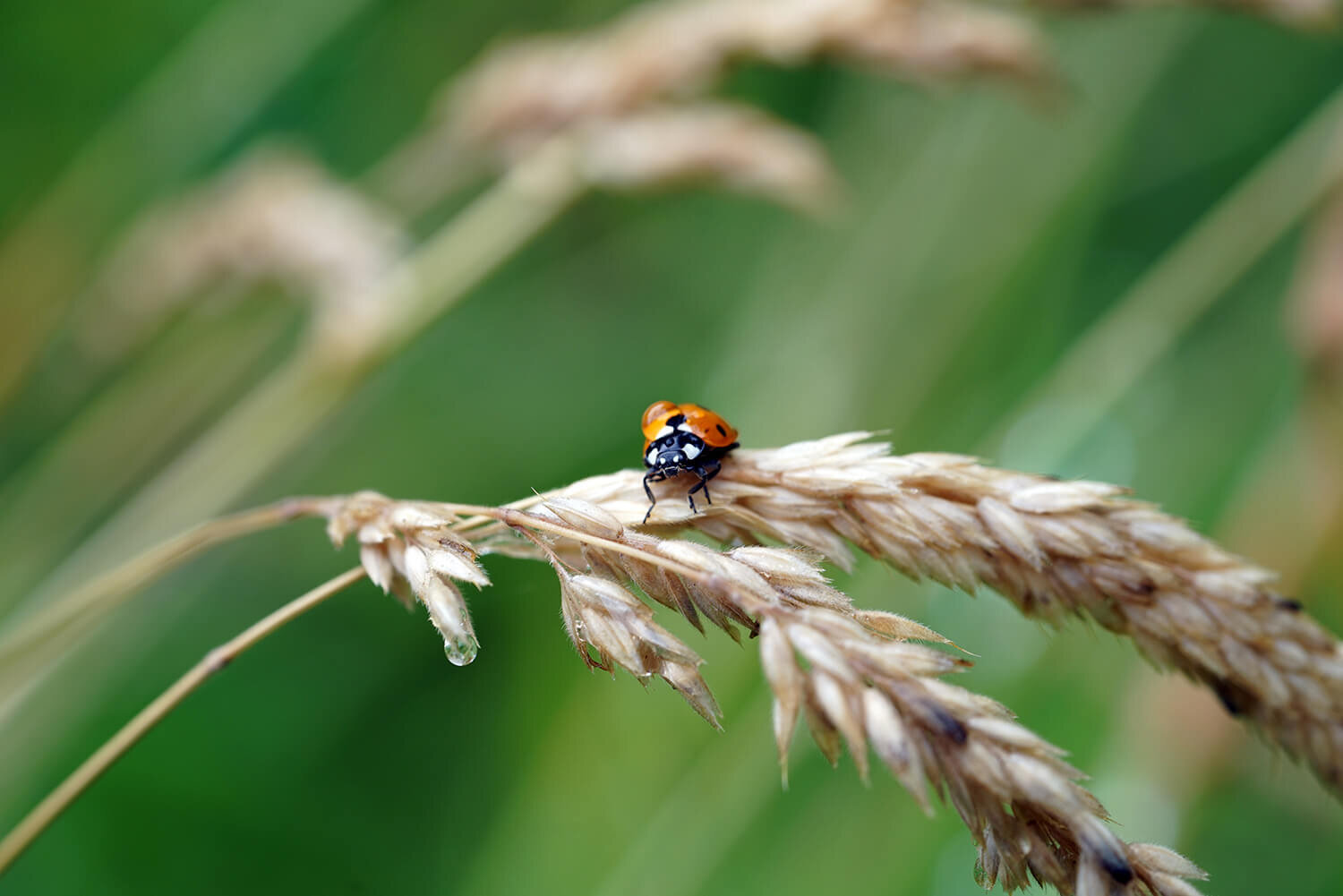
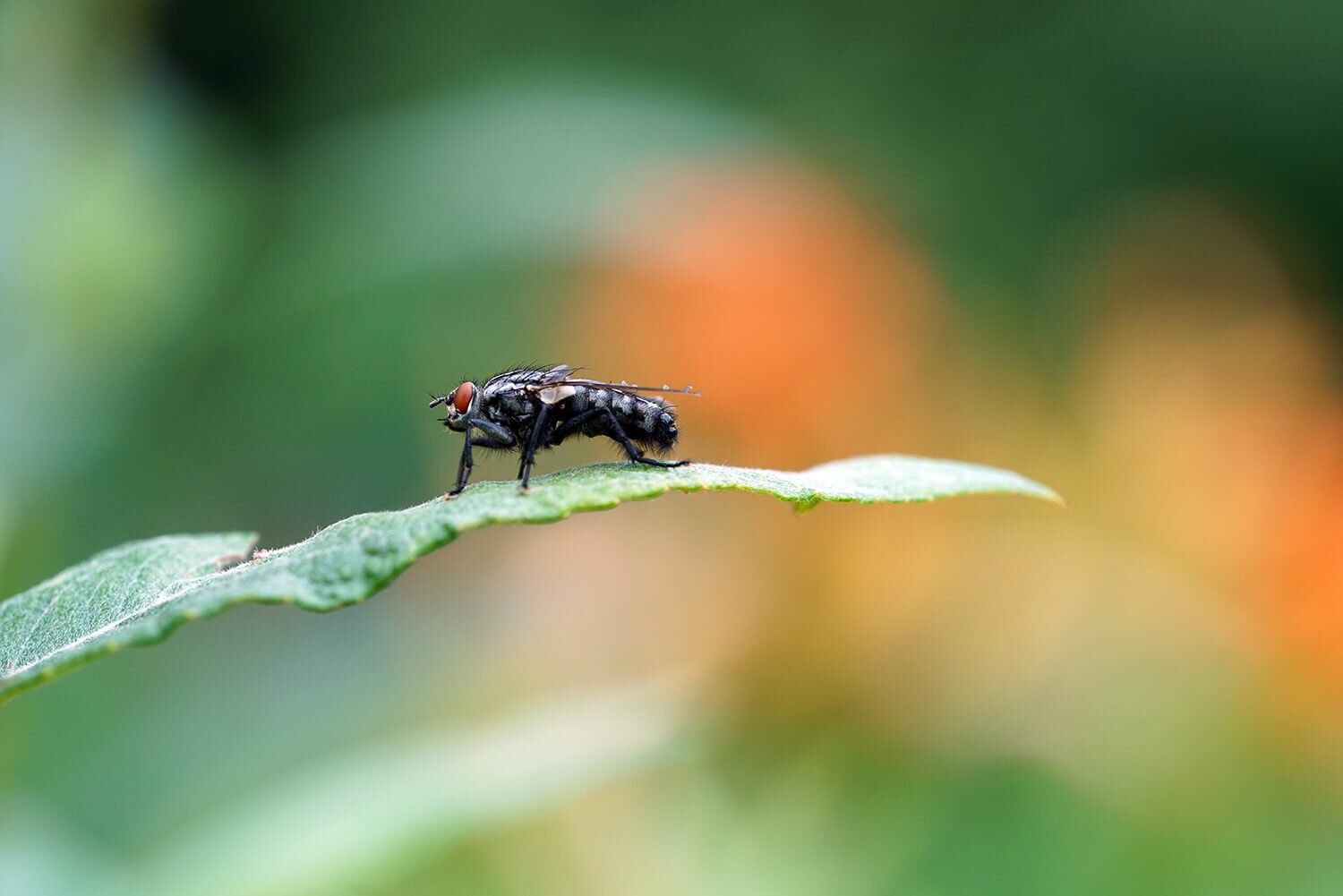

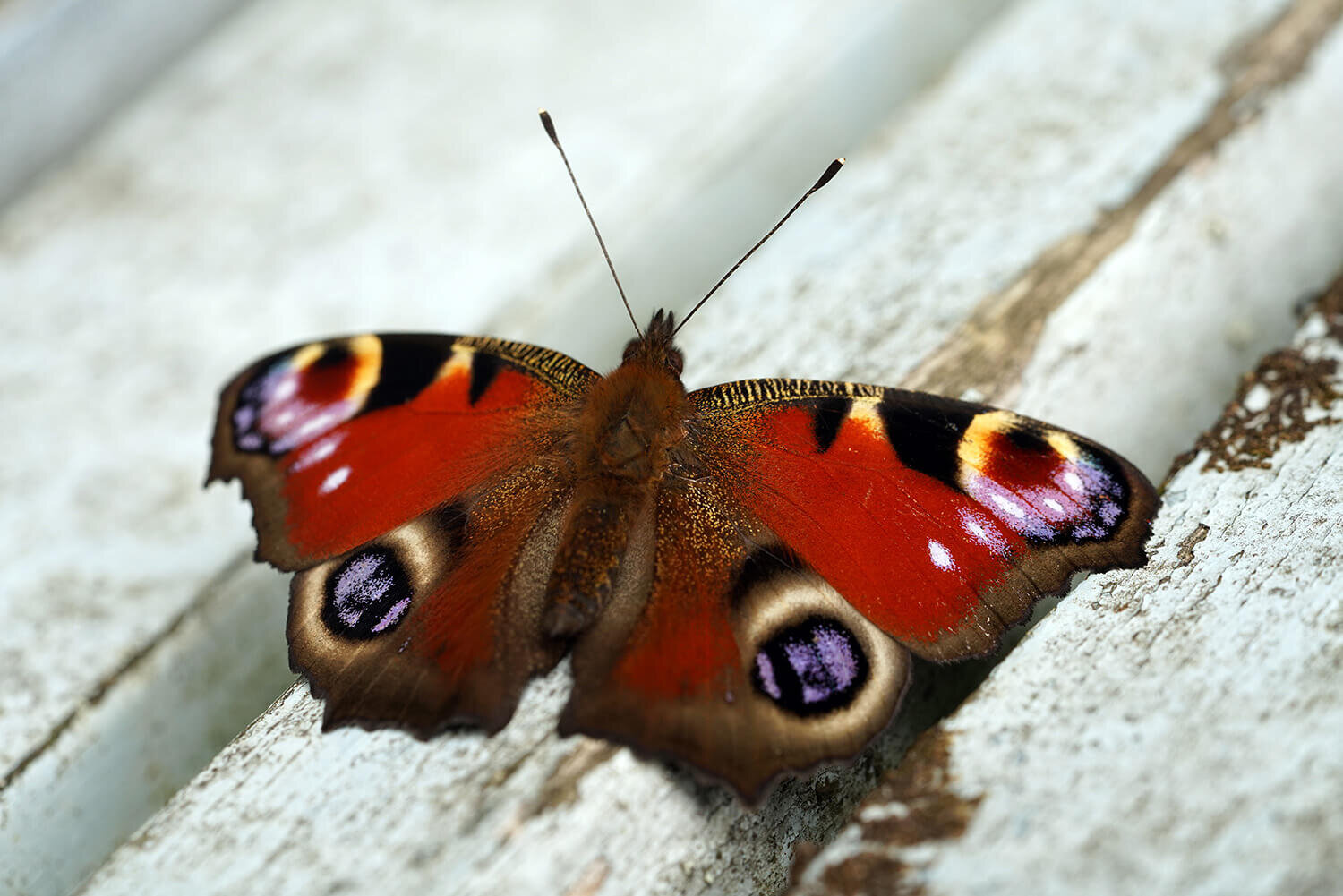


Photography is about willingness to learn, determination and relentless practice.
Camera gear should always come second, never think a camera will make you a great photographer, it won’t, practice will.
Please remember: Share your experiments with macro photography mentioning @nicholasgoodden on Twitter or Instagram.
Whatever your level of experience, I’m very curious to see what you all come-up with!
Until next time,






